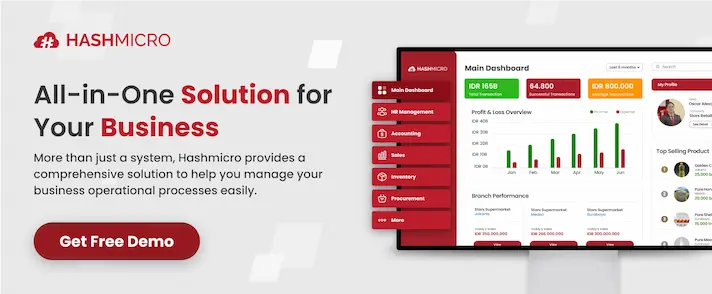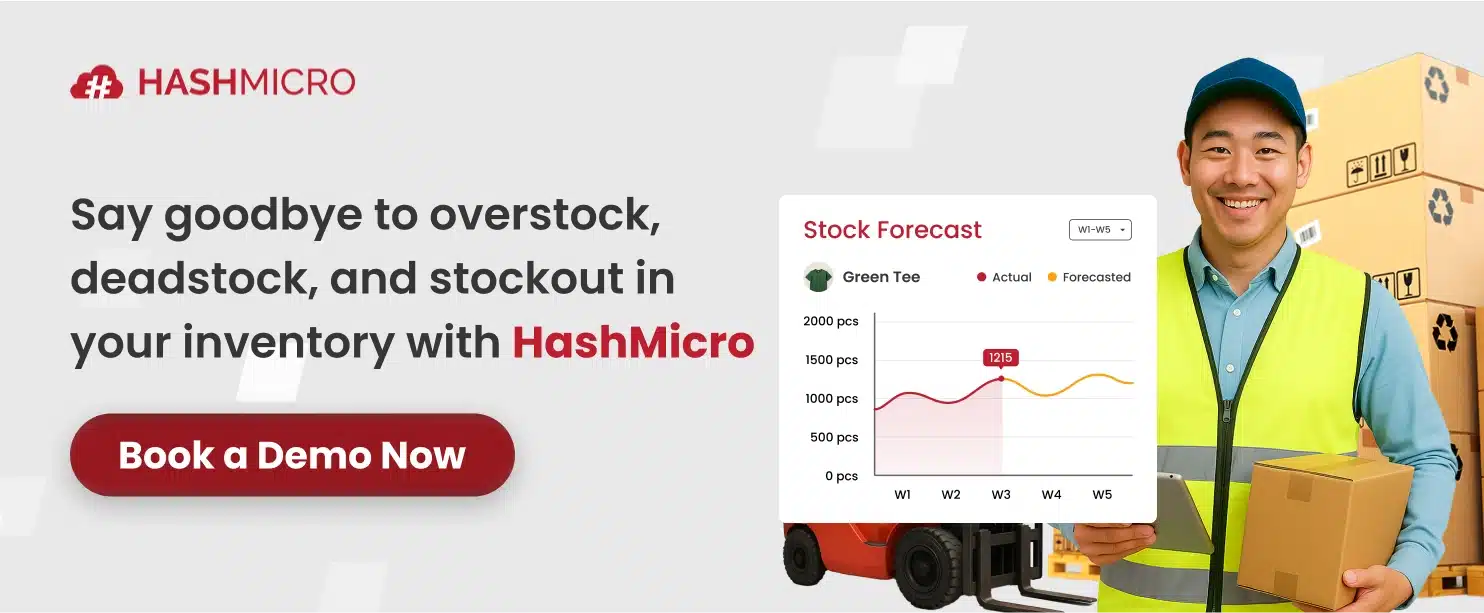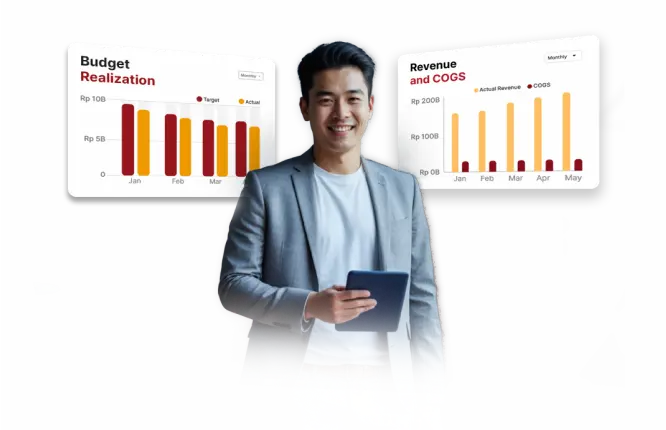Imagine being caught off guard by a sudden spike in demand just when your baseline forecast fails to update. This is the challenge of traditional demand forecasting. In Singapore’s fast‑paced market environment, demand sensing is becoming a critical capability for a competitive edge.
Legacy forecasting systems often miss short‑term shifts in consumer behaviour and external signals like promotions or weather events. Managers end up reacting too late, facing inefficiencies from excess stock or unmet customer needs.
According to a recent report, Singapore’s demand planning software market hit USD 2.45 billion in 2024, with projected growth to USD 5.67 billion by 2033, driven by strong adoption of AI and cloud‑based demand sensing solutions. This trend highlights the region’s shift toward smarter, machine‑learning‑based demand forecasting.
Keep reading to explore how demand sensing technology tackles these challenges head‑on and how you can leverage it to build a more accurate, agile demand forecasting process. Dive into the article for proven strategies and software recommendations tailored for 2025 and beyond.
Key Takeaways
|
What is Demand Sensing?
Demand sensing is an advanced forecasting method that uses real-time data, AI, and machine learning to predict short-term shifts in consumer demand. Unlike traditional demand planning, it combines internal metrics with external sources like POS data, market trends, and even weather or social sentiment.
By improving supply chain visibility, demand sensing reduces forecast errors by 20% to 50%, according to McKinsey. This accuracy helps companies avoid overstocking or stockouts, especially during high-demand periods or unexpected disruptions, improving customer satisfaction and operational efficiency.
Adopting demand sensing makes companies more agile and competitive in today’s volatile market. With the right solutions, businesses in Singapore can optimize stock levels, shorten lead times, and turn their supply chain strategy into a competitive edge.
Why is Demand Sensing Important?

In today’s fast-paced business world, traditional demand forecasting often struggles due to its reliance on historical data and limited flexibility. Demand sensing technology addresses this by incorporating real-time inputs like POS data, retailer insights, and market signals, making forecasts more accurate and adaptive.
Unlike static models, demand sensing updates forecasts continuously using both historical trends and live supply chain data. This enables businesses to respond quickly to changes in consumer behavior, reduce waste, and optimize inventory management, particularly during demand spikes or disruptions.
By utilizing machine learning, demand sensing solutions improve over time as they analyze large datasets from multiple sources. This leads to better supply chain performance, cost savings, fewer stockouts, and improved customer satisfaction, making demand sensing a valuable investment for forward-thinking businesses.
Benefits of Demand Sensing

To fully understand what makes demand sensing a game-changer, it’s essential to look at the tangible benefits it offers. From improving forecast accuracy to enhancing customer satisfaction, here’s how demand sensing solutions can elevate your supply chain strategy.
1. Improved forecast accuracy
Demand sensing helps businesses achieve greater accuracy in demand forecasting by using real-time data instead of relying solely on historical trends. This allows companies to make smarter purchasing and inventory decisions that reflect actual market conditions.
For example, during high-demand periods like Black Friday—when marketing teams are busy deploying email templates for black friday campaign—retailers can use demand sensing data to stock up in advance and accurately meet customer needs. This technology makes supply chains more responsive and less prone to errors.
2. Cost reduction
One of the biggest advantages of the demand sensing process is its ability to lower operational and inventory costs. By aligning inventory levels with current demand, businesses can reduce excess stock, warehousing expenses, and product wastage.
Manufacturers, for instance, can avoid unnecessary overproduction, which results in better use of resources and tighter budget control. These savings contribute directly to improved business profitability and sustainability.
3. Enhanced customer satisfaction
With accurate, real-time demand forecasting, businesses can ensure that popular products remain in stock when customers need them most. This is especially crucial for e-commerce platforms and retailers in Singapore during peak seasons like Cyber Monday or Hari Raya.
Meeting demand without delay strengthens customer trust and encourages repeat purchases. Demand sensing solutions play a key role in creating seamless shopping experiences.
4. Greater supply chain agility
Demand sensing empowers companies to quickly respond to sudden changes in consumer behavior or external market conditions. Whether it’s a shift in buying patterns due to weather or a supply disruption, businesses can adjust their plans immediately.
This agility supports better demand planning and minimizes disruptions across the entire supply chain. In today’s fast-paced business landscape, this responsiveness is critical to staying competitive.
Demand Sensing vs Demand Forecasting
While demand forecasting relies on historical data to predict long-term trends, demand sensing uses real-time data and AI to detect short-term demand shifts. Both are essential to demand planning, but their focus and impact differ significantly depending on business needs and market volatility.
Demand sensing is designed for agility, it captures live demand signals and rapidly adjusts forecasts to reflect current conditions. This makes it ideal for fast-paced industries like FMCG, where quick responses to market changes can prevent lost sales or excess inventory.
In contrast, demand forecasting powered by machine learning excels at identifying patterns and delivering strategic insights for long-term planning. While it may not react as swiftly as demand forecasting tools, it provides a stable foundation for big-picture decisions, making both tools complementary in a comprehensive demand sensing process.
How Demand Sensing Reduces Costs with Better Forecasts

To truly understand how demand sensing drives measurable business value, we need to look beyond just its forecasting capabilities. The real power lies in how it reduces operational costs through smarter, faster, and more accurate decision-making.
Below are three key ways the demand sensing process helps businesses save costs while improving supply chain performance:
1. Captures real-time demand shifts and consumer behavior
One of the most valuable features of demand sensing solutions is their ability to detect demand changes as they happen.
Rather than relying on outdated historical data, these systems use real-time inputs, such as internal sales, POS retail data, and external events, to provide a more current view of consumer behavior.
This allows businesses to avoid assumptions and instead respond to actual trends, which is especially beneficial for industries like FMCG that deal with frequent demand shifts. By incorporating this level of responsiveness into the demand planning process, companies can reduce excess stock and meet customer needs more efficiently.
2. Automates forecast adjustments with AI and machine learning
Traditional forecasting often requires time-consuming manual updates that delay decision-making. With AI-powered demand sensing technology, adjustments are automated, allowing the system to detect patterns, update forecasts instantly, and minimize human intervention.
This rapid reaction to changing trends prevents costly overstock or stockout scenarios and ensures resources are used efficiently. Moreover, the system learns from each forecast cycle, continuously improving accuracy while freeing up planners to focus on more strategic tasks like exception handling.
3. Delivers a holistic view of demand for smarter planning
Demand sensing solutions integrate multiple data streams, including internal company metrics, retailer behavior, and external market signals, to create a complete picture of true demand. This prevents businesses from overreacting to a single data point, such as POS spikes, which might not align with actual order quantities or delivery schedules.
For instance, using POS data alone for new product launches may result in premature overstocking, especially for items with shorter shelf lives. A more balanced demand sensing process enables smarter inventory, production, and distribution decisions, ultimately reducing waste, storage costs, and the risk of obsolescence.
Enhance Your Demand Sensing with HashMicro’s Inventory Management Software
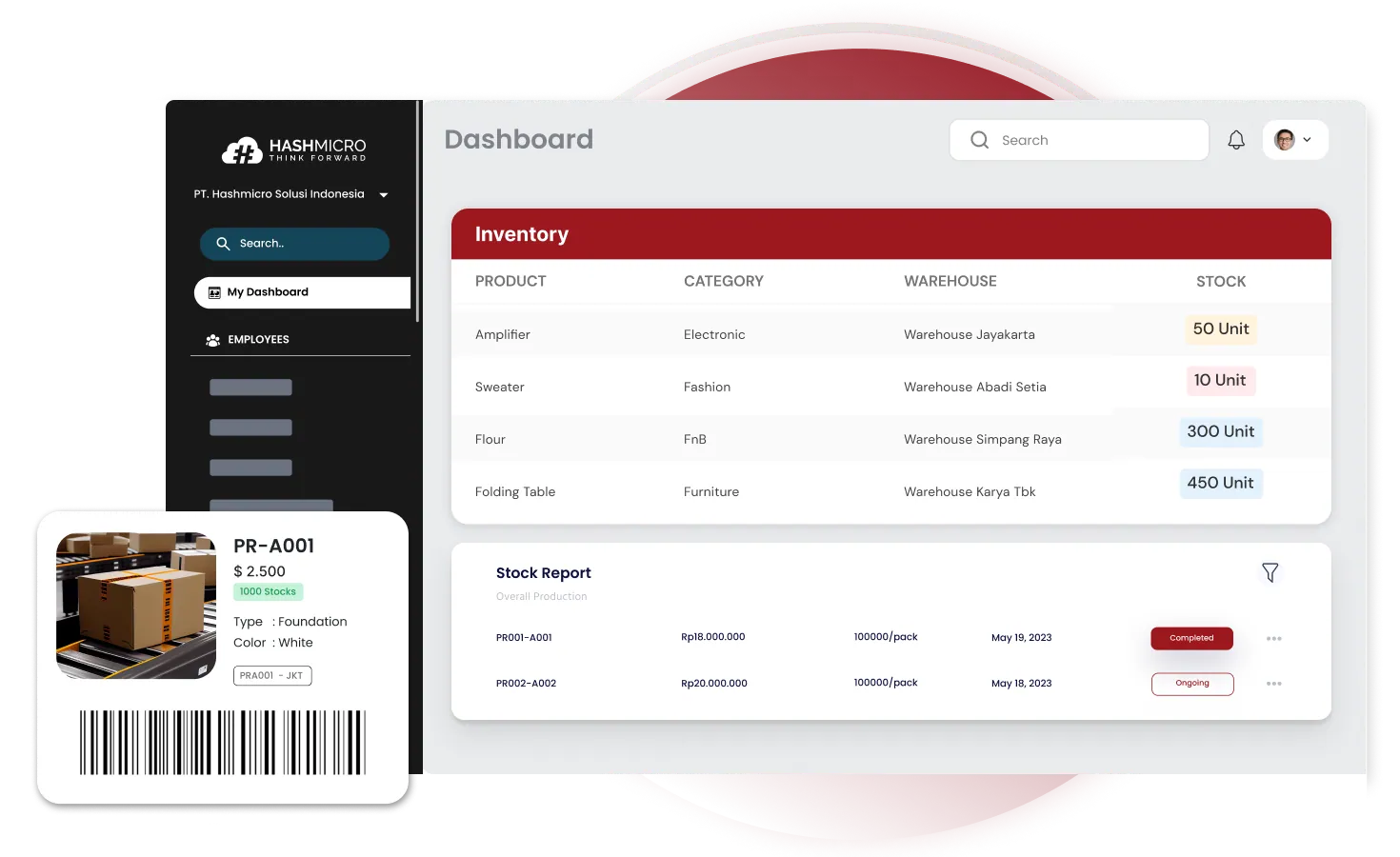
Managing fluctuating demand can be challenging, especially when data is dispersed across multiple systems or spreadsheets. With HashMicro’s Inventory Management software, businesses in Singapore can streamline inventory tracking and demand sensing, ensuring real-time visibility into stock levels, order forecasts, and market trends.
You can easily book a free demo and receive a personalized consultation to see how the system fits your business needs. It’s a no-risk opportunity to explore how you can improve inventory accuracy, reduce stockouts, and enhance your forecasting capabilities.
Trusted by over 2,000 Southeast Asian enterprises, HashMicro stands out for its customizable features, local support, and seamless integration with CRM, accounting, and project management tools. The platform is designed for Singapore’s dynamic business environment, where responsive demand sensing and quick decision-making are critical.
Key features of HashMicro’s Inventory Management software include:
- Stock Forecasting: By analysing historical sales and trends, the system forecasts future inventory needs, enabling businesses to maintain optimal stock levels and avoid stockouts or overstocking.
- Fast-Moving vs. Slow-Moving Stocks Analysis: The software identifies fast- and slow-moving items, enabling businesses to adjust stock levels and focus on high-demand products, thereby improving inventory turnover and reducing waste.
- Run Rate Reordering Rules: By automatically triggering reorders based on product usage rates, businesses can ensure timely replenishment and reduce the risk of running out of stock, boosting sales continuity.
- Stock Reservations & Reporting: By reserving stock for specific orders and generating real-time reports, businesses can streamline their inventory flow, ensuring better order fulfillment and reducing delays.
- Racking Capacity with Putaway Strategy: The system optimizes warehouse space by strategically placing products according to demand patterns, improving efficiency and speeding up picking processes.
- Quality Control Management: By integrating quality checks into the inventory process, businesses ensure that only high-quality products are stocked, reducing returns and enhancing customer satisfaction.
- Stock Optimizer Per Warehouse: The software adjusts inventory levels in each warehouse based on localized demand, reducing excess stock and ensuring that each location operates efficiently.
- Product Expiry Management: The system tracks expiration dates, allowing businesses to manage stock proactively, reduce waste, and ensure only fresh products are sold to customers.
- Consignment Stock Management: By managing consignment stock with suppliers’ agreements, businesses can ensure they don’t overstock and only pay for goods as they are sold, optimizing cash flow.
- Multi-UOM (Unit of Measurement): The system supports multiple units of measurement, providing flexibility in managing various inventory types, ensuring accuracy in stock management and smoother operational processes.
With the power of Hashy, our AI assistant, your team can automate administrative tasks like stock updates, inventory level alerts, and order tracking. Focus on strategic decisions while the system handles the operational details.
Conclusion
In an era where market dynamics shift rapidly, relying on traditional demand forecasting alone is no longer enough. Demand sensing offers a more agile and accurate approach by using real-time data, predictive analytics, and machine learning to help businesses respond effectively to ever-changing consumer behavior.
HashMicro’s Inventory Management Software provides a powerful demand sensing solution tailored to meet the needs of businesses in Singapore. With advanced features that automate forecasts and integrate multiple data streams, HashMicro empowers companies to reduce costs, improve accuracy, and stay ahead of market trends.
Ready to optimize your demand planning process? Book a free demo with HashMicro today and discover how our AI-powered demand sensing software can transform your forecasting strategy and drive long-term success.



